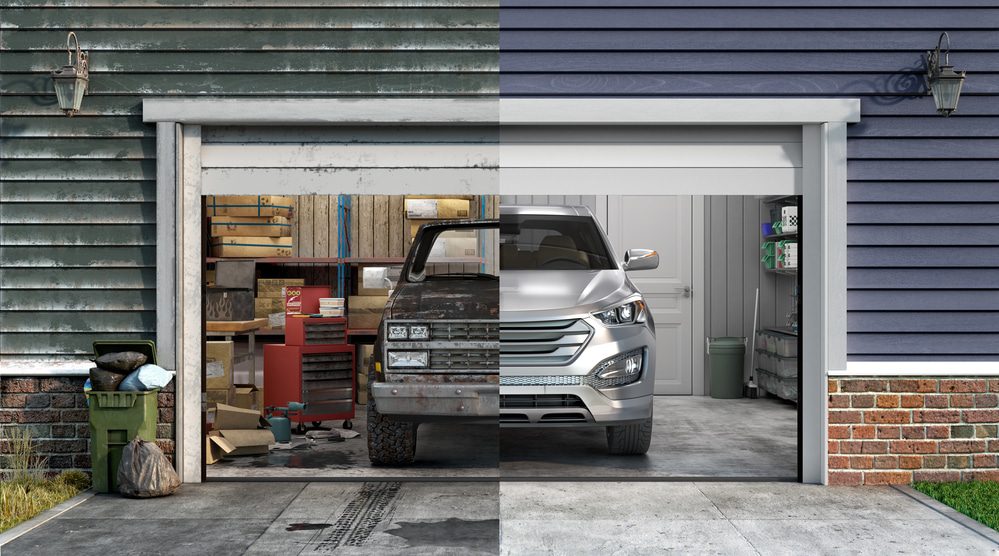
You hear about sustainability all the time, from clothing to packaging to furniture. But sustainability is more than just a buzzword; it’s a responsibility we have to protect our planet. As you begin a home remodeling project, you have the unique opportunity to make eco-conscious choices that not only enhance your living space but also contribute to a greener future. In this blog post, we’ll dive into the world of sustainable home remodeling, whether it involves painting a single room or a complete renovation.
#1. Choose Eco-Friendly Materials
One of the most significant steps you can take toward sustainable home remodeling is choosing materials with minimal environmental impact. Select low-VOC or zero-VOC paints to avoid exposure to volatile organic compounds, which emit harmful chemicals into the air. Additionally, consider using recycled, reclaimed, or renewable materials for cabinetry, flooring, and other elements of your remodeling project.
#2. Invest in Longevity
Sustainable remodeling is about more than just the materials you choose; the longevity of your design choices is equally important. Invest in durable, high-quality products and timeless design elements that will not fall apart or look outdated in a few years. By avoiding fads and focusing on classic aesthetics that will stand the test of time, you can reduce the need for future remodeling and minimize waste in the long run.
#3. Waste Reduction and Recycling
Construction and remodeling often come with a significant amount of waste. To minimize waste, plan your projects carefully and avoid over-ordering materials. Instead of sending everything to the landfill, donate unsable items to local charities, thrift stores, or recycling centers. Additionally, it’s important to choose to work with contractors who prioritize waste reduction and recycling practices through all aspects of the remodeling process.

#4. Water-Saving Fixtures
Remodeling projects present the perfect opportunity to implement water conservation tactics in your home. Install low-flow toilets, faucets, and showerheads to minimize water use without compromising on performance or convenience. Consider utilizing sustainable, water-saving features in your landscaping design, such as drought-tolerant plants or rainwater harvesting systems, to further reduce your environmental impact.
#5. Efficient HVAC Systems
Heating, ventilation, and air conditioning systems likely contribute significantly to your home’s energy consumption. To decrease energy usage, use your home remodeling project as an opportunity to invest in sustainable, high-efficiency HVAC equipment that meets Energy Star standards. In addition to choosing the right equipment, proper sizing, installation, and maintenance of HVAC systems are also vital for optimizing energy efficiency and reducing greenhouse gas emissions.
#6. Proper Insulation
Proper insulation and efficient HVAC systems work together to maintain a comfortable indoor environment while minimizing energy consumption. During the remodeling process, ensure your home is adequately insulated to prevent heat gain in the summer and heat loss in the winter. To make your home even more sustainable, consider using eco-friendly insulation materials such as recycled wool, cellulose, or denim, which keep your home at the right temperature without harming the planet.

#7. Energy-Efficient Lighting
When it comes to creating a space’s desired ambiance and ensuring its functionality, lighting plays a pivotal role. Energy-efficient LED bulbs are a sustainable choice for any remodeling project. When you opt for LED bulbs rather than traditional incandescent bulbs, you can significantly reduce your electricity usage and minimize your carbon footprint. Plus, these bulbs last longer, saving you money in the long run by requiring less frequent replacements.
#8. Consider Renewable Energy Sources
If possible, consider integrating renewable energy sources into your home remodeling project. Solar panels, wind turbines, and other renewable energy systems can help offset your reliance on fossil fuels, making your home more sustainable and environmentally friendly. Renewable energy may come with a high upfront cost, but it can pay for itself over time by allowing you to generate your own electricity.
#9. Educate Yourself and Others
Sustainability is a collaborative process, and protecting the planet requires widespread efforts. Take the time to educate yourself and others about the significance of sustainable practices, both in remodeling projects and other aspects of our lives. Share your knowledge and experience with your community to inspire them to make eco-conscious choices. By spreading awareness of environmental issues and advocating for greater sustainability, we can all contribute to a greener future.
#10. Choose Sustainable Contractors
When selecting contractors for your next remodeling project, choose those who prioritize sustainability and understand their responsibility to the environment. Seek companies that use eco-friendly practices such as reducing carbon emissions during transportation, responsibly sourcing materials, and minimizing waste.
If you’re ready to embark on a journey of home improvement, trust the team of experts at Rosewood Painting and Remodeling. With our extensive experience, we can get the job done quickly and efficiently, minimizing our environmental impact. Together, we can create a greener future, one remodeling project at a time.






